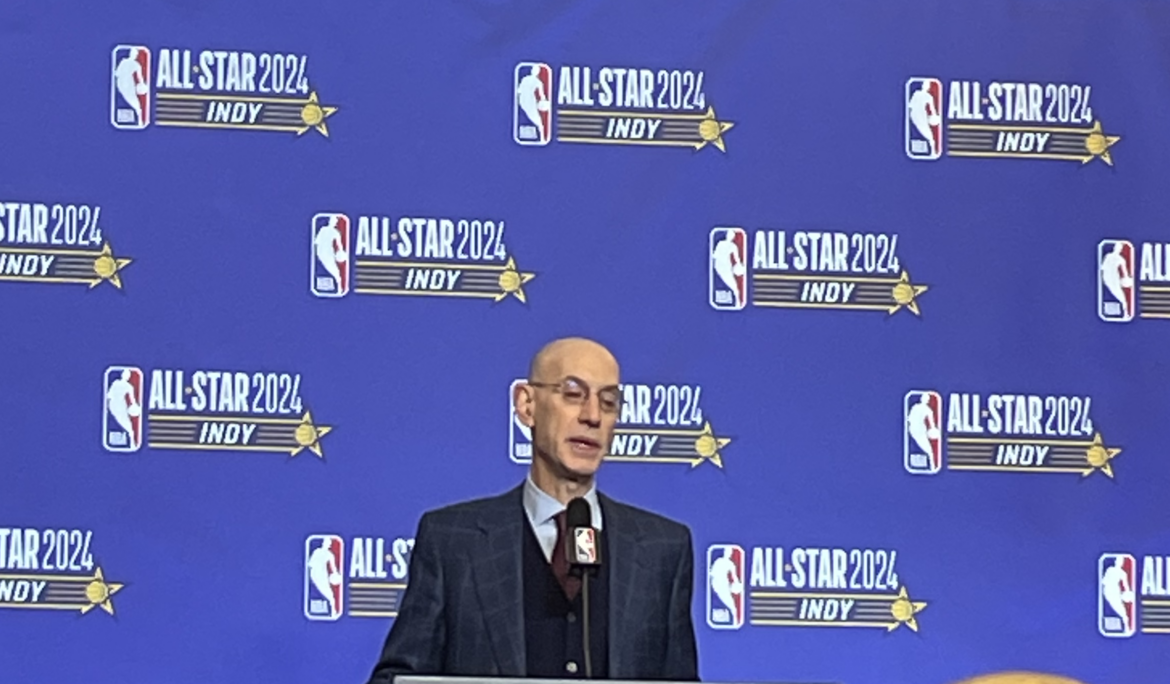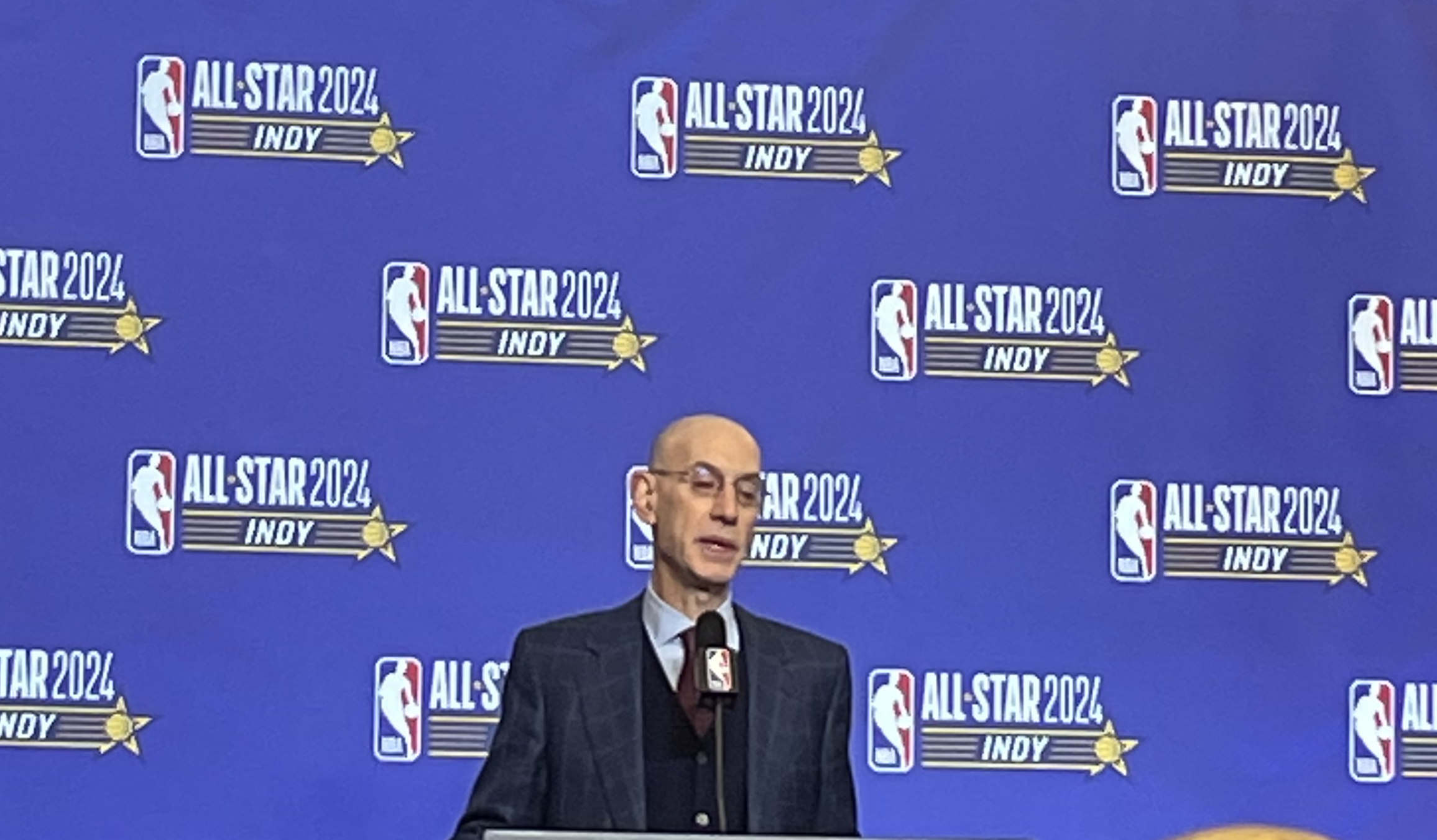Every NBA season, the announcement of All-Star rosters sparks a mix of excitement and debate among fans, players, and analysts. In the midst of cheers for those selected, there are also groans for perceived omissions — the All-Star snubs.
The term “snub” has become synonymous with players who, despite stellar individual performances, find themselves on the outside looking in when the star-studded lineups are unveiled.
To label a player as an All-Star snub is to assert that their individual contributions, statistics, and impact on the court should have merited inclusion in the All-Star lineups. It’s a designation that, by its very nature, implies a sense of injustice or oversight, as fans and pundits argue that certain players have been unfairly left out of the midseason showcase of the league’s best talent.
The process of All-Star selection is a complex interplay of statistical achievements and team success. While the league has adopted a combination of fan, player, and media voting to determine the All-Star starters, coaches decide who is part of the reserves. the subjectivity inherent in these evaluations often leads to contentious decisions.
Individual performances, no matter how outstanding, sometimes take a backseat to other factors, creating an environment where players may be snubbed despite their exceptional contributions.
One of the primary sources of subjectivity in All-Star selections lies in the ongoing debate between valuing individual performances and prioritizing team success. While some argue that players on winning teams should receive preferential consideration, others emphasize that All-Star status should primarily reflect an individual’s impact on the game, irrespective of their team’s record.
The crux of the All-Star snub dilemma often boils down to the tug of war between raw statistical brilliance and the intangible contributions a player makes to team dynamics. A player averaging eye-popping numbers may still be overlooked if their team’s overall success is lacking, leading to a perennial debate over whether team achievements should be weighed more heavily than individual prowess in the All-Star selection process.
Additionally, All-Star Game rosters feature fewer spots than regular NBA team rosters. Each respective conference gets 12 All-Stars, and that hasn’t changed in the last 42 years, even though back then, there only were 23 teams and a lot less talent.
During Adam Silver’s press conference before this year’s All-Star Saturday, I had the opportunity to ask him if there eventually might be a chance to have one, or two spots added to the rosters in the future. Silver however, while saying ‘never say never’, revealed that there are no such plans.
LEN WERLE: “The All-Star Game itself has been reinvented a couple of times in the past years. What hasn’t changed in the past 42 years is the roster size. It’s 12, even though back then we had seven teams less. Now with an expansion maybe looming and so much talent in the league and NBA rosters having an extra spot these days, is there a plan that this might be added one, two roster spots to the All-Star Game in the coming years?”
ADAM SILVER: “There’s no plan now to add roster spots. I think part of the issue is, even though you’re right, we’ve expanded the number of teams, we haven’t expanded the number of minutes, and there’s still only one ball. And then the question is how do you distribute those minutes among the All-Stars?
Also, I think when we sat down with the players and discussed this during bargaining, there is that sense of specialness in being an All-Star or being one of 24 as opposed to being one of a larger number. I never say never to anything, but it seems to be resolved right now that this is the right size of the teams.”



